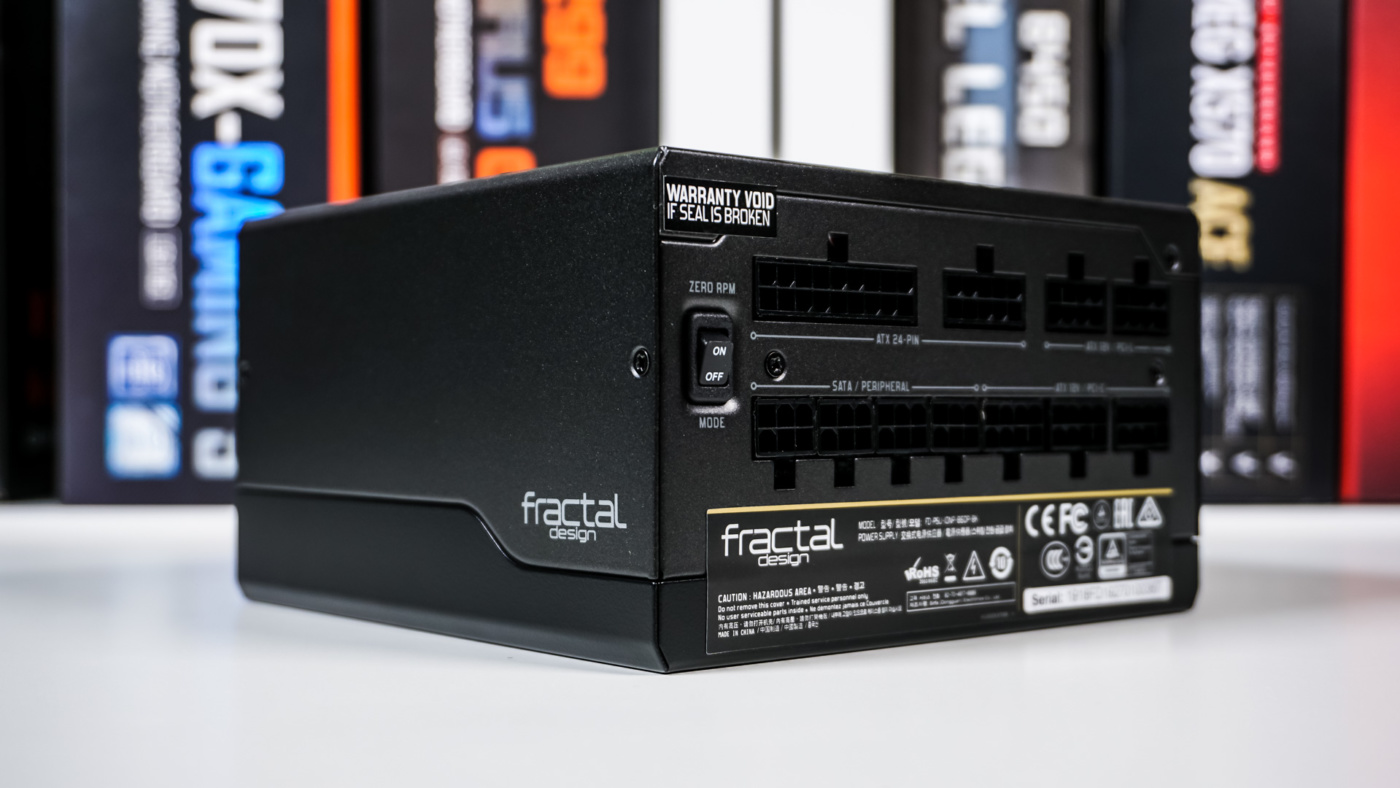In the UK, the electricity that comes out of the wall socket is of a certain sort. It’s an alternating current rather than a direct one, and oscillates at a frequency of 50hz, at 230volts.
High-voltage electricity is able to travel further, and it’ll happily power-hungry items appliances like your cooker or dishwasher.But your computer isn’t this kind of appliance. It’s filled with components which need various sorts of low-voltage, DC power. The motors in a magnetic HDD will need a 12-volt supply, as will any case fans. Smaller digital circuitry will use 5 volts, and, increasingly, 3.3volts. It’s at these levels that the binary signals generated by your graphics card, RAM and CPU are exchanged: when a signal is ground, that’s a zero, when it’s at 5v, that’s a one. The same applies to the signal your power button generates to turn the whole thing on. And if you’re charging your phone from the USB socket, you’ll be drawing 5v.
In order to convert the AC from your wall into all of the appropriate DC supplies, you’ll need a device known as a Power Supply Unit (or PSU). This is a big, heavy component which slots into the back of your PC’s case.
Linear versus Switching
Power supplies do their work in a few different ways. Linear supplies work using a passive component called a transformer, which uses one coil of wire to generate a current in another – via a process called induction. Switching supplies take a different approach, using modern digital controllers to turn the supply on and off very quickly using something called Pulse Width Modulation. The longer the signal spends in the ‘on’ state, the greater the voltage.Nowadays, the overwhelming majority of power supplies are switching.
Rectification
The first step in converting AC to DC is rectification. This is the process of turning a negative voltage into a positive one, via a network of diodes. These devices allow electricity to flow in just one direction, and they’re a staple component on stores like RS components.
Regulating
This series of pulses can be smoothed into a respectable, constant supply using voltage regulators, and capacitors of varying sizes and speeds. This process takes place both after the high voltage signal has been rectified, and after it’s been stepped down to the various DC signals we need. Consequently, if you open up a PSU, you’ll find a series of bulky electrolytic capacitors. These capacitors retain a charge for a few seconds after they’re turned off, but generally not enough to be really dangerous. Still, there’s no reason to open up a PSU unless you know what you’re doing.
How many watts?
Every power supply is rated in watts. This figure describes the amount of power supplied in total. More powerful PCs with multiple disk drives and graphics cards may need a thousand watts or more; simple office PCs might get away with just a few hundred. Note that power supplies shouldn’t be taxed right up to their rated capacity; it’s always better to opt for a little bit more power than you strictly need.


